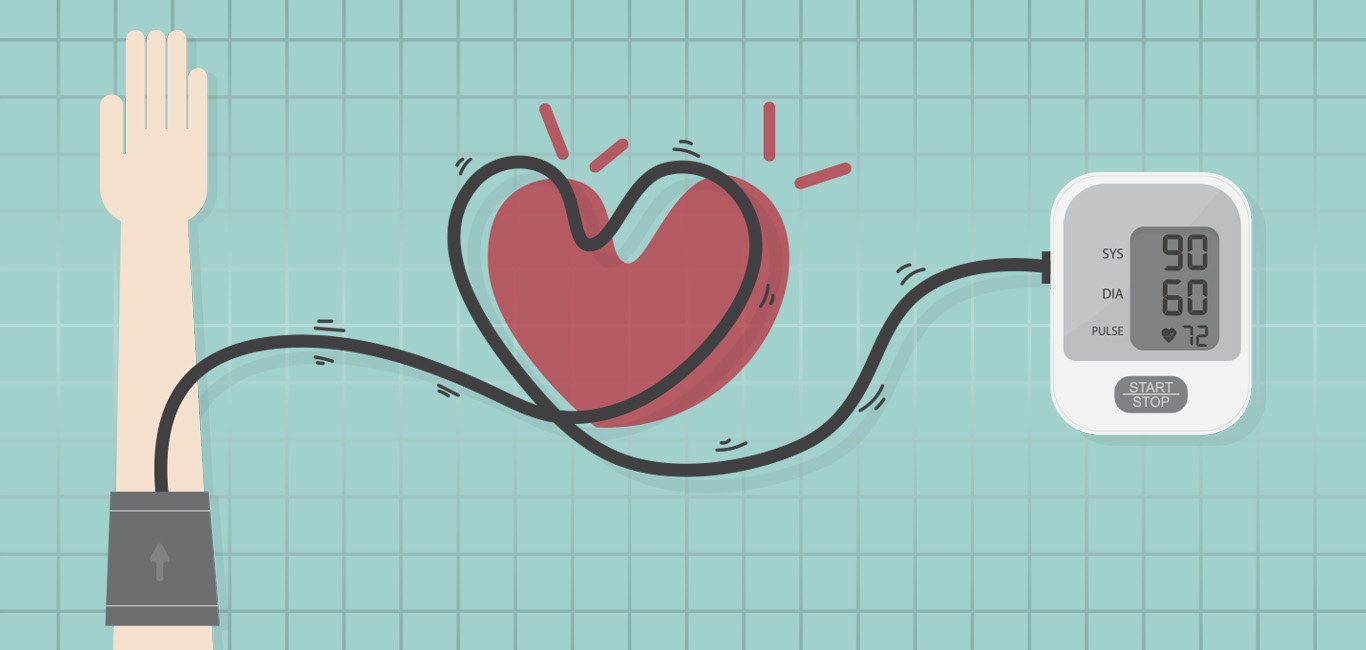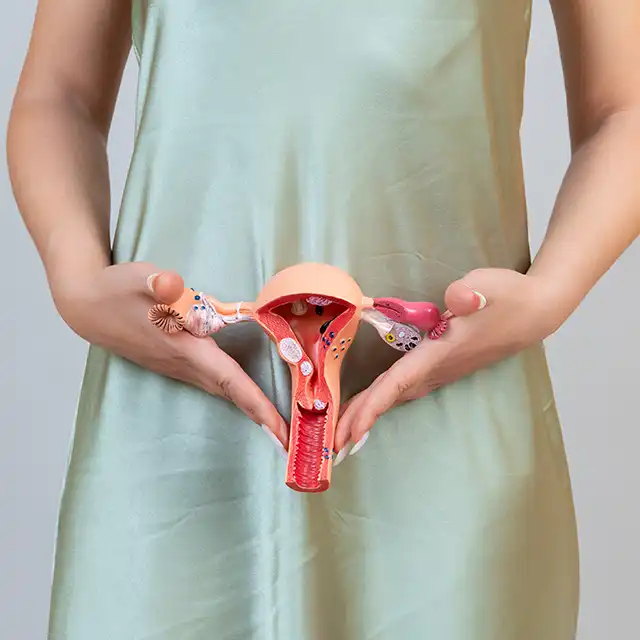
When the pressure blood exerts on the walls of vessels carrying it (arteries) becomes low, the condition is called hypotension or low blood pressure. This may cause no problem for some people, while others might suffer from dizziness or fainting. In severe cases it can even become life-threatening.
A blood pressure of 90 millimeters of mercury (mm Hg) for systolic (when the heart pumps blood) and 60 mm Hg for diastolic (when the heart fills with blood) is considered low blood pressure. This is represented as 90/60 mmHg, with the normal blood pressure for humans being 120/80 mmHg.
Symptoms
Not everyone with a lower-than-normal blood pressure may show symptoms, but when a person experiences any of the following symptoms along with low blood pressure, it may be diagnosed as hypotension:
- Dizziness or lightheadedness
- Nausea or vomiting
- Fainting or syncope (a fall due to sudden drop of blood pressure)
- Blurred vision
- Feeling fatigued or weak
- Confusion or lack of ability to concentrate
- Cold skin
Causes
While the symptoms of hypotension may or may not show up uniformly, there could be several reasons for low blood pressure in individuals. These include:
- Sitting or standing from a lying down position (orthostatic or postural hypotension) or an hour or two after eating a meal (postprandial hypotension)
- Prolonged bed rest
- In pregnancy, hypotension can be seen in the first 24 weeks
- A decrease in blood volume caused either due to loss of blood due to major trauma, internal bleeding or dehydration from severe diarrhoea
- Medications such as anti-hypertensives, anti-Parkinson’s medications, erectile disfunction drugs when taken along with heart medications, narcotics and alcohol can cause hypotension
- Heart conditions such as bradycardia in which a person suffers from a low heartrate, or heart attack or failure
- Medical conditions influencing hormonal changes in the body such as hypothyroidism, parathyroid dysfunction, diabetes and hypoglycemia (low blood-sugar level)
- Septic shock, which occurs when bacteria enter the bloodstream from a site of shock and release toxic chemicals that lead to a drastic and life-threatening decline in blood pressure
- Allergic reactions in which the body reacts by releasing chemicals that can lower blood pressure and cause fainting (anaphylactic shock)
- Nutritional deficiency of iron, folate or vitamin B12
Diagnosis
While a measured blood pressure of 90/60 mmHg is considered low, this might not be alarming in every individual. This is especially true in older populations, where blood pressure is seen to be lower. In every case, hypotension can be measured in the following ways:
- Measuring blood pressure by stethoscope
- Blood tests to rule out any predisposing factors like high or low blood sugar, anemia, etc.
- ECG to rule out any heart dysfunction causing low blood pressure
- Tilt table test to evaluate the body reaction with respect to change in posture
Treatment
Hypotension can be treated with modifications to one’s lifestyle depending on the individual’s age, heath conditions and the type of hypotension. These changes include:
- Increasing salt or sugar intake
- Increasing water consumption
- Wearing compression stockings
- Not changing body posture suddenly
- Keeping a check on work exertions
- Changing or stopping any medication that causes hypotension after consultation with a doctor
However, a doctor may prescribe you certain anti-hypotensive medications to prevent blood pressure drop in orthostatic hypotension.
Sources

















